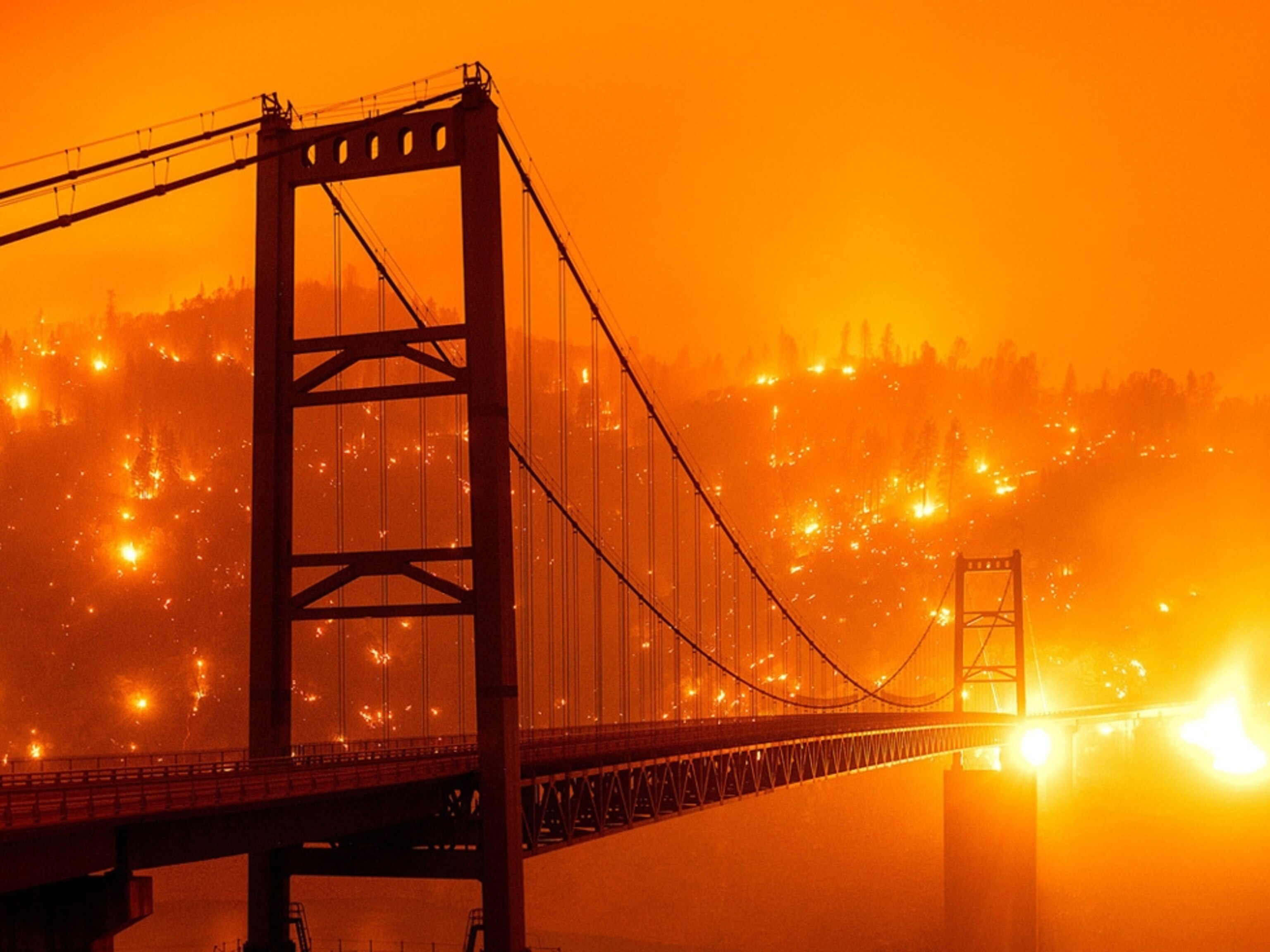
Talking to kids about climate change
How to tackle a complicated—and sometimes scary—subject with your children
Climate change is a hot topic (sorry—no pun intended) that children want to understand. Problem is, it’s a topic that can be hard for adults to comprehend. So how do you translate science-speak into kid-speak without overwhelming them—or even scaring them? Here are some ideas to break down climate change basics so you can empower your children to be part of the solution.
Explaining the science

Understanding climate change starts with understanding the atmosphere. Explain to your child that the atmosphere surrounds the Earth like a bubble and protects us from the harshest rays of the sun and the cold of space. It also contains greenhouse gases, which include the air we breathe (oxygen) and others that help keep the Earth at the perfect temperature. Finally, the atmosphere naturally releases extra gases into space.
The problem, of course, is that over the last 150 years, the levels of greenhouse gases released into the atmosphere has increased. Ask your child to list all the things that need power to work: cars, lights, refrigerators, etc. Then explain that the power comes from burning coal, natural gas, and oil, which releases greenhouse gases into the atmosphere. Your kid can then think about what people used to do before these things were invented to understand why the level of greenhouse gases has increased so much.
Maybe your kid is now thinking: But if the atmosphere naturally releases the gases into space, what’s the problem? Tell them to think about the steam created when someone showers with the bathroom door closed. The steam is trapped and warms the bathroom. Too many greenhouse gases in the atmosphere are like the steam in the bathroom: The gases are trapped and warm the planet. And when the Earth warms, its climate changes.
Explaining the problem

Climate is the pattern of weather conditions over many years. Children can think of that in terms of the town where they live. For instance, ask your kid to tell you what the weather conditions are always like during a certain month: Snowy and cold in February? Rainy and windy in March? Hot and dry in August? A child can then describe the overall climate of the town based on the weather conditions that happen during that month every year.
Climate is like nature’s clock. People rely on it to know when to grow food or prepare for icy roads. Animals depend on the climate to know when to migrate to find mates or food. But what if that clock changes? Try asking your child what would happen if you sent them to school at midnight. The cafeteria wouldn’t have any food, the lights wouldn’t be on, the temperature would be wrong, and your kid would be very sleepy.
Explain to your child that just like how drastically changing the time you show up to school would mess everything up, a drastic change in climate messes Earth up. As the climate changes, it could get hot at the wrong time of year, or we might get too much rain in some places and not enough in others. This could make it harder for farmers to grow crops or animals to find food. A warming climate also could mean more wildfires, flooding from melting glaciers, and stronger storms. (For instance, a warmer climate means more moisture in the air, which could mean fiercer snowstorms.)
Explaining the solution

These dire predictions can be scary for children, but that doesn’t mean parents should downplay the problem. But it’s important to empower kids to protect the planet so they feel like they’re making a difference.
Start by challenging your child to find 10 ways to use less power every day. This could be turning off lights, unplugging chargers when not using them, or riding bikes more. To emphasize the importance of working together to solve problems, task your kid with developing and managing a family composting plan. (The compost increases plant growth, and the plants will help absorb harmful carbon dioxide gas from the atmosphere.)
Finally, show children how influencing others—for instance, helping your kid ask a store manager to keep doors closed during summer to decrease the amount of CO2 from the AC from escaping—is a giant step toward getting everyone to protect the Earth. Because after all, that’s really the best way we’re going to solve this problem.



